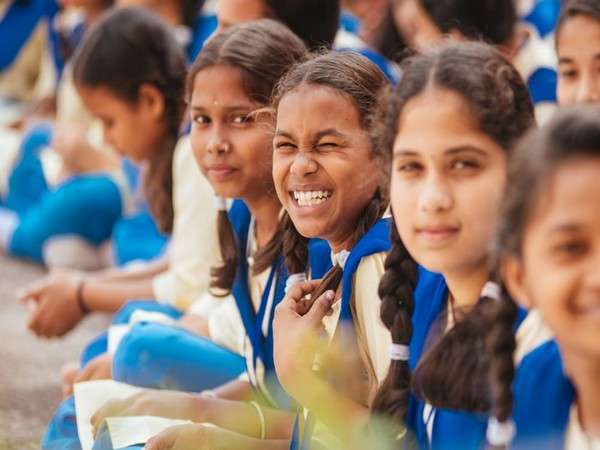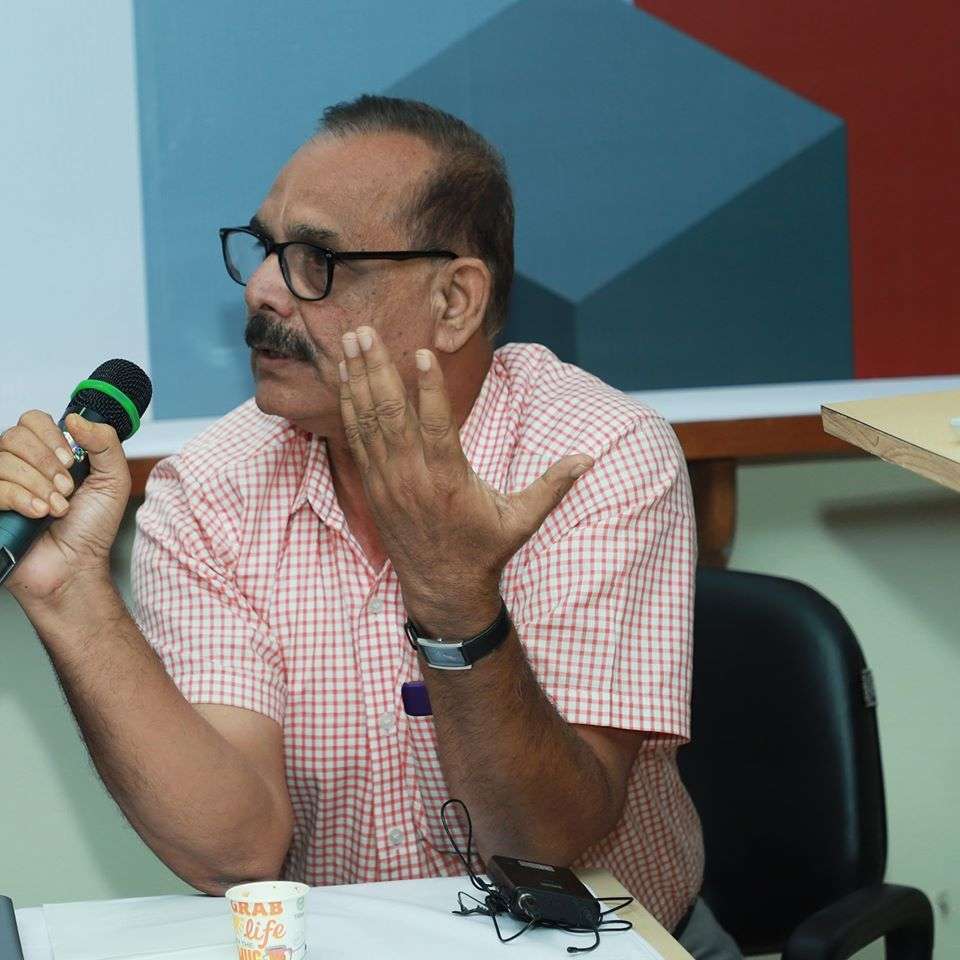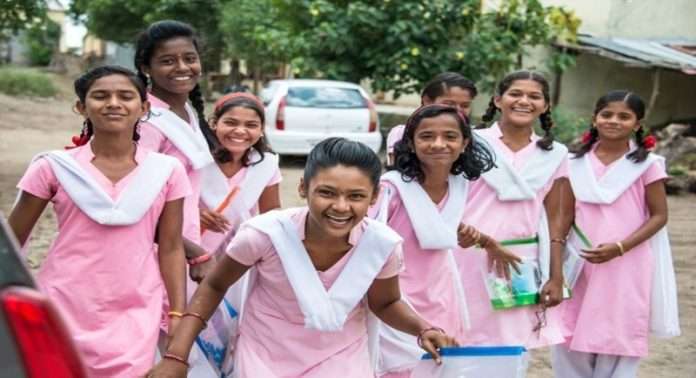The Odisha government has decided to close down some twelve thousand primary schools all over the state where the student’s strength is less than 20. It would have been implemented in the current academic session itself. But, according to the School & Mass Education Minister, Sameer Dash, the decision has been put on hold due to Covid-19. Yet, there has been no official notification. So, the resolution to shut down schools stands effective.
The Beginning
A notice by the school and mass education department says the integration of primary, upper primary, and high schools with the nearby bigger schools are to happen before April 2020. The objective is to improve the learning environment and outcomes. This will, as the argument goes, lead to fully efficient schools with an increase in the number of teachers per class. Also, there will be a concentration of investment in resources.
As per the order, schools with less than 20 studentswould be merged with bigger nearby schools and will be called ‘Lead schools’. The consolidation would make schools ‘aspirational for students and result in improvement of Pupil-Teacher Ratio.’ There would also be better infrastructure facilities, a better academic environment with additional TLM facilities, e-Learning, and co-curricular facilities. This will also improve learning and teaching time available to teachers and students. Reduction in administrative burden on teachers is touted to be another advantage.

Merging Process
For a Primary school, a nearby Primary/Upper Primary/Secondary school will be identified for merging. Similarly, for an Upper Primary, a nearby Upper Primary or high school would be identified for the unification process.
To make the integration of the schools with the Lead schools easier, the government has asked the district education authorities to verify the details of each school because all such merging would be physical and the students have to be materially transferred to the Lead School.
Every student from the schools that are facing closure will be provided a one-time facilitation allowance of Rs 3,000 on their admission to the Lead School. All teachers/HMs/Staff (including mid-day meal cook etc.) of satellite schools will also move to the Lead School without any change in their service conditions. If the Lead school distance is beyond 1 km, transport allowance as per RTE norms would be provided to the students.
Wasted Resources
The notification further says, once the schools are closed, the building and other infrastructure will be handed over to the Panchayati Raj and Drinking water department. The entire process has to be completed within 15 days of amalgamation.
But the question is why have we come to such a pass? According to government figures, student strength in government schools has come down by at least eight lakh in the last decade. The move to merge the schools comes at a time when the student enrolment continues to decline in government schools whilst crores of rupees are spent under mid-day meals, free uniforms, and free textbooks to motivate children for admission into government schools. In contrast, enrolment in private schools is going up.
Vacancy position
One big reason why government schools have been witnessing a declining trend is the huge vacancy of class teachers and headmasters. This has created a big void totally affecting the quality of education.
None other than the school and mass education minister told the previous Assembly that of the forty-six thousand plus primary and upper primary schools, twenty thousand institutions do not have a headmaster. In about eight thousand high schools, there is an opening for twelve thousand assistant teachers. While the government claims it is attracting children to schools, the basic component of education is conspicuous by its absence – the teachers.
Where does the problem lie? Are we really short of trained teachers or the process of recruitment is faulty? Said differently, are the educated youth averse to become teachers? Do the pay and perks offered by the government discourage graduates to become teachers?

Tribal Districts
The process of closing down schools is more noticeable in the tribal districts. It dates back to 2014 when the government put up a notice announcing the closure of all state primary schools with less than five students. Two years later, it served closure notices to schools with less than 15 students. Some of the districts affected by this decision are Rayagada and Keonjhar – to mention only a few. The reason for poor student attendance in these tribal schools is teacher-absenteeism. Furthermore, a primary school in such remote areas are usually run with just two teachers. In fact, some teachers have only one teacher.
If students are today attracted to schools it is only for the mid-day meal. While teachers attend school once in a blue moon, the headmaster opens the school only to do official work, while the cook prepares mid-day meals.
Right to Education
Right to Education Act, 2009 mandates every village to have a primary school. In Odisha’s tribal-dominated regions, primary schools are located in remote, high-terrain villages sans even basic infrastructure. According to Education rights activists and Rte state convener Anil Pradhan, ‘Primary schools in remote villages are a marker of development, especially when you have these schools in remote and inaccessible villages of tribal-dominated districts. Thus, before closing down schools, the government should have consulted local bodies like Panchayati raj institution members, parents, civil society organizations.’
(The views expressed are the writer’s own)

Bhaskar Parichha
A senior Journalist and Author , Bhubaneswar
You can reach him at [email protected]
( Images from the net)

